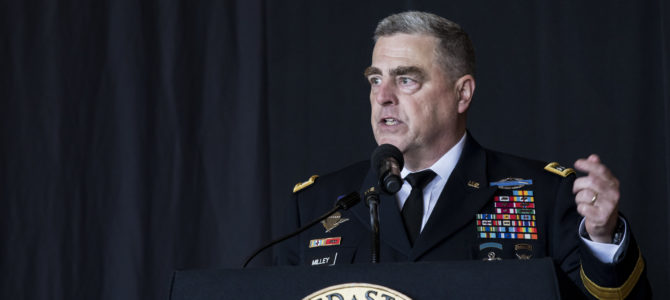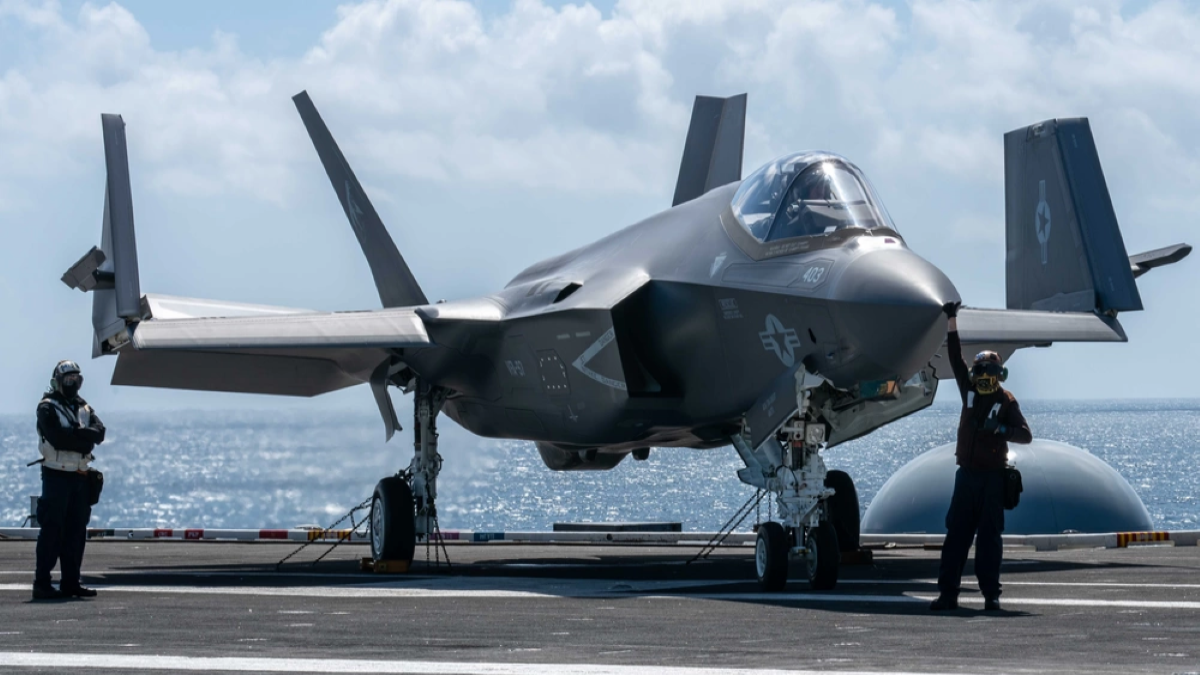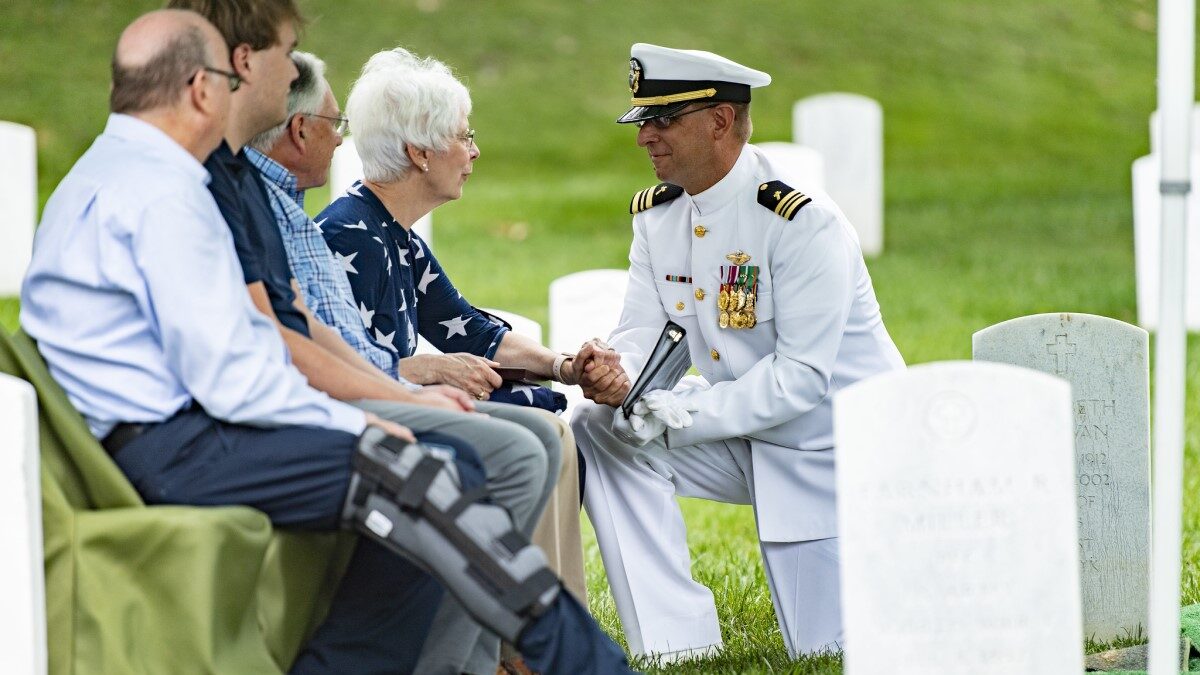
Corporate media and progressives found a new darling in Gen. Mark Milley, chairman of the Joint Chiefs of Staff, after his congressional testimony last week. Anyone who dared to criticize him was blasted as either unpatriotic or demonstrating “white rage.”
Republicans have criticized the U.S. military for promoting books that advocate for racial divisions — for example, listing Ibram Kendi’s critical race theory gospel, “How to Be an Antiracist,” as reading for sailors in the U.S. Navy. During his testimony, Milley made it clear he didn’t see anything wrong with training the U.S. military in critical race theory.
Milley Defends Racist Indoctrination
“I’ve read Mao Zedong. I’ve read Karl Marx. I’ve read Lenin,” he argued. “That doesn’t make me a communist.” Many advocates of critical race theory’s racist teachings have made similar arguments about teaching it in K-12 schools, claiming it is just one of many ideas students are taught.
But the general’s own words quickly betrayed the notion that books about critical race theory are casual reading assignments simply for soldiers’ intellectual curiosity. Referencing the events at the U.S. Capitol in January, he stated: “I want to understand white rage. And I’m white.”
The phrase “white rage” is CRT newspeak, implying that “rage” has a color, and it is exclusively “white.” Emory University professor Carol Anderson coined the term in her 2016 book “White Rage: The Unspoken Truth of Our Racial Divide.” She sees “white rage” as “the operational function of white supremacy,” which is embedded in policies that actively “undermine African American achievement and advancement.”
The phrase reflects CRT advocates’ typical but misguided beliefs that the United States hasn’t made much progress in racial healing and racial equality, and that minorities are still hopelessly oppressed by the white majority in today’s America. Many scholars, including black scholars such as Thomas Sowell, Shelby Steele, and Jason Riley, have refuted such beliefs vigorously.
Nevertheless, by using “white rage” in his testimony, Milley indicated he is on board with CRT’s teachings and beliefs. Furthermore, he demands American soldiers be indoctrinated with the same ideology.
“What is wrong,” Milley asked, with “having some situational understanding about the country for which we are here to defend?” This assumes that one can understand the United States by accepting accusations against its white citizens as expressions of “rage.” Of course, there is nothing wrong with American soldiers understanding our nation’s true history — not only its faults, but also the progress it has made.
Critical Race Theory Is Racist and Divisive
Our men and women in uniform should know this nation’s founding principles represent universal values. Although we are still far from realizing those founding principles, we have advanced further toward those ideals than any other country in the world. These principles and our efforts to achieve them are worth defending to the death.
However, indoctrinating the U.S. military with CRT will hurt both the recruitment of soldiers and the morale of our current troops. In the words of the Manhattan Institute’s Christopher Rufo, CRT “isn’t an exercise in promoting racial sensitivity or understanding history. It’s a radical ideology that seeks to use race as a means of moral, social and political revolution.”
CRT divides people permanently into “oppressors” and “oppressed” categories based on skin color. Rather than promoting racial healing, it fosters racial divisions among Americans. It engenders hopelessness among minorities while instilling eternal guilt among white Americans. Rejecting America’s founding principles, CRT ignores the progress we’ve made and seeks to, as Rufo explains, “abolish capitalism and install a near-omnipotent federal bureaucracy with the power to nullify any law and silence political speech that isn’t ‘antiracist.’”
Here are some questions for Milley. How can American soldiers of different racial backgrounds fight side-by-side and entrust each other with their lives if their relationship is defined as oppressors and oppressed because of their skin color? How can you ask minority soldiers to defend this nation (and even make the ultimate sacrifice) if they have been told they are victims of this nation’s everlasting racism? Through the lens of CRT, America is not worth defending.
Why Is This Our Military’s Priority?
A final question for Milley: does the U.S. military have its priorities right? In the same week as Milley’s testimony, Sir Stuart Peach, the North Atlantic Treaty Organization’s most senior military officer, warned of communist China’s swift military modernization. He said in an interview: “It is quite shocking how quickly China has built ships, how much China has modernized its air force, [and] how much it has invested in cyber and other forms of information management, not least facial recognition.”
“What do you do if you’re a leader in China with a modernized powerful large force?” he asked rhetorically. “You deploy it, you move it around.”
Peach also raised concerns about Chinese espionage activities and influence campaigns on foreign soil. He pointed out that Beijing has built an “enormous” embassy with a large defense section populated by military generals in Brussels, NATO’s headquarters and the heart of the European Union. It is reasonable to assume Beijing has done something similar through its embassies in other strategic locations, probably in the United States.
The rise of communist China and its military present a formidable challenge to the United States and its western allies. China’s leader Xi Jinping has been very vocal about establishing a Sino-centric new world order, replacing the liberal order that the United States has led since World War II. To fulfill Xi’s “China dream,” China’s People’s Liberation Army (PLA) has significantly increased investments in modern technology as well as military hardware.
For example, the PLA Navy had a 335-ship fleet as of 2019, about 55 percent larger than in 2005. Based on this expansion speed, the PLA Navy fleet is projected to have more than 450 ships and about 110 submarines by 2030.
At the same time, the U.S. Navy had 293 ships in 2019, an increase of just two in the last 15 years. The Biden administration’s defense budget further diminished any hope that the U.S. Navy would have a fleet of 355 ships anytime soon. National security experts are already warning the United States might lose a great-power competition to China if we don’t strengthen our national defense.
Our military leaders should focus on fighting external threats at this crucial historical juncture, not fighting a domestic culture war. It is especially unwise to indoctrinate soldiers with divisive ideologies. The wokeness of our military’s top brass will win kudos from leftist politicians and many domestic institutions, but will cause long-term damage to our troops’ morale and ability to protect this nation.









